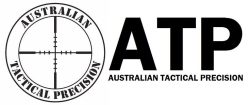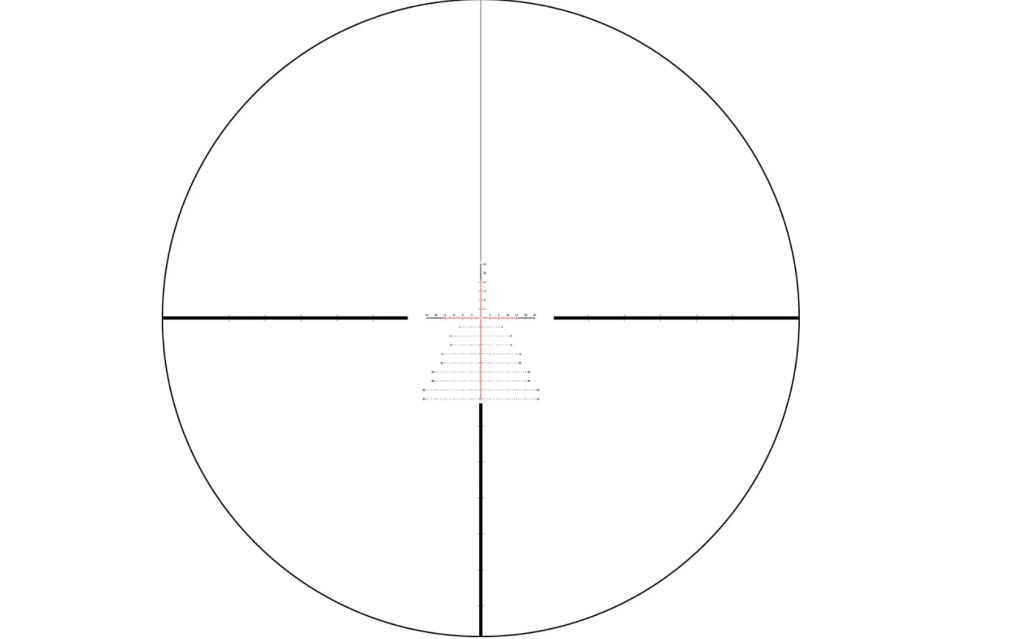When shopping for a riflescope, one of the most important decisions you’ll face is choosing between a First Focal Plane (FFP) and a Second Focal Plane (SFP) optic. Both have their place in shooting — from hunting and competition to tactical and long-range applications — but they work very differently.
Understanding how these two types of scopes function, and how they affect your aiming, is key to making the right choice for your rifle setup and shooting goals. In this blog, we’ll explain the difference between FFP and SFP scopes, outline the pros and cons of each, and help you decide which is best for your needs.
What Is a Focal Plane in a Scope?
The focal plane refers to the position of the reticle (the crosshair or aiming point) inside the scope relative to the magnification lenses.
- In a First Focal Plane (FFP) scope, the reticle is located in front of the magnification lens. This means the reticle grows and shrinks as you change the zoom level.
- In a Second Focal Plane (SFP) scope, the reticle is placed behind the magnification lens. So, the reticle stays the same size, no matter how much you zoom in or out.
This fundamental difference has a direct impact on how you use the scope — especially when it comes to holdovers, range estimation, and precision shooting.
How First Focal Plane (FFP) Scopes Work
In a First Focal Plane scope, the reticle scales with magnification. That means all the markings — including mil dots, MOA hash marks, or ballistic holdover points — stay accurate at every magnification level.
For example, if your reticle shows a 1 MOA mark at 6x magnification, it will still represent exactly 1 MOA at 18x or 24x. This is especially useful for:
- Long-range shooting
- Tactical shooting
- Precision rifle competitions
- Dynamic shooting environments where you may need to change magnification frequently and still rely on accurate reticle markings
FFP is preferred by many precision shooters because it allows you to range targets and make holdover adjustments on the fly, regardless of your zoom level.
How Second Focal Plane (SFP) Scopes Work
In a Second Focal Plane scope, the reticle stays a fixed size as you change magnification. This is the most traditional setup and is still very popular, especially for:
- Hunting
- General-purpose shooting
- Scopes with lower zoom ranges
The catch with SFP scopes is that reticle subtensions are only accurate at one specific magnification level — usually the highest power (e.g. 12x or 24x). So, if you want to use hash marks for elevation or wind holds, you need to be at that exact magnification, or do the math to convert the holds.
For many shooters, especially those who keep the scope set at max power, this isn’t a dealbreaker. And for hunting — where quick target acquisition is more important than technical precision — SFP scopes are often preferred because the reticle remains easy to see at all magnifications, especially at low power.
Pros and Cons
First Focal Plane (FFP) – Pros:
- Reticle subtensions are accurate at all magnifications
- Ideal for long-range and precision shooting
- Better for tactical or competition scenarios where you zoom in and out often
- Useful for range estimation and ballistic holdovers
FFP – Cons:
- Reticle may appear too thin at low magnification, making it harder to see
- Typically more expensive
- Not ideal for quick shots or low-light situations at low zoom
Second Focal Plane (SFP) – Pros:
- Reticle is always the same size, making it easy to see at all zoom levels
- Better suited for hunting, where speed and visibility matter
- Usually more affordable
- Simpler for short- to mid-range shooting
SFP – Cons:
- Holdovers and range estimation only accurate at one magnification
- Not ideal for fast-paced long-range adjustments
- Requires memorization or ballistic calculators for in-between zoom levels
Which One Is Better?
It depends entirely on your shooting style and what you expect from your optic:
| Use Case | Recommended Type |
| Long-range precision shooting | First Focal Plane (FFP) |
| Tactical/PRS competition | First Focal Plane (FFP) |
| General-purpose or recreational use | Second Focal Plane (SFP) |
| Hunting (especially low-light) | Second Focal Plane (SFP) |
| Benchrest or fixed-magnification use | Second Focal Plane (SFP) |
| Dynamic distance shooting | First Focal Plane (FFP) |
Cost Considerations
FFP scopes are generally more complex to manufacture, and as a result, they tend to cost more than SFP scopes with similar features. That said, prices have come down in recent years, and many reputable brands now offer affordable FFP options for shooters on a budget.
Final Thoughts
Choosing between FFP and SFP isn’t about which one is objectively better — it’s about picking the one that’s right for your shooting goals.
If you’re focused on precision and flexibility across distances, or if you need to make rapid adjustments at varying magnifications, then an FFP scope is likely the better choice. But if your priority is simplicity, visibility, and fast target acquisition, especially in hunting or lower-power applications, a SFP scope will serve you well.
As always, consider your typical shooting distances, your optic’s intended use, and your budget.

